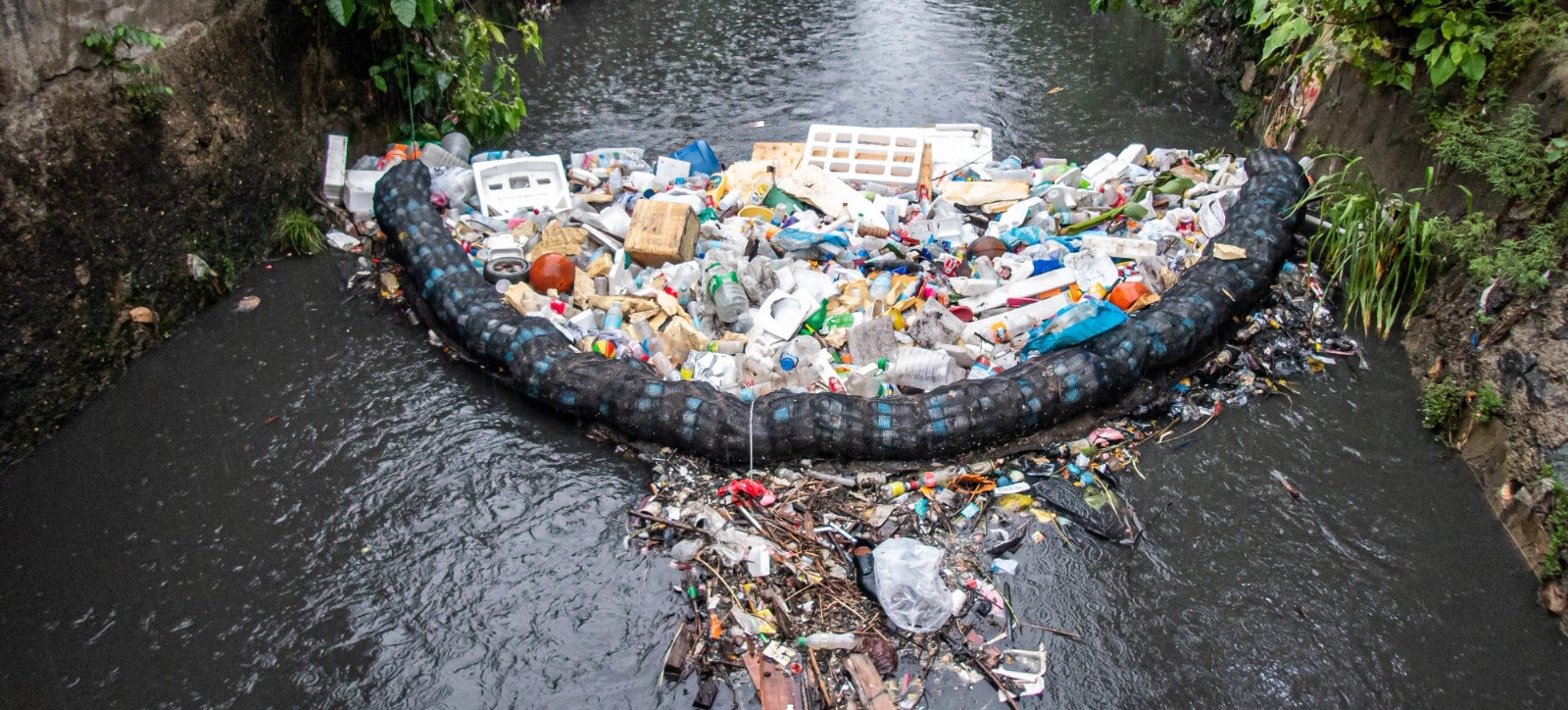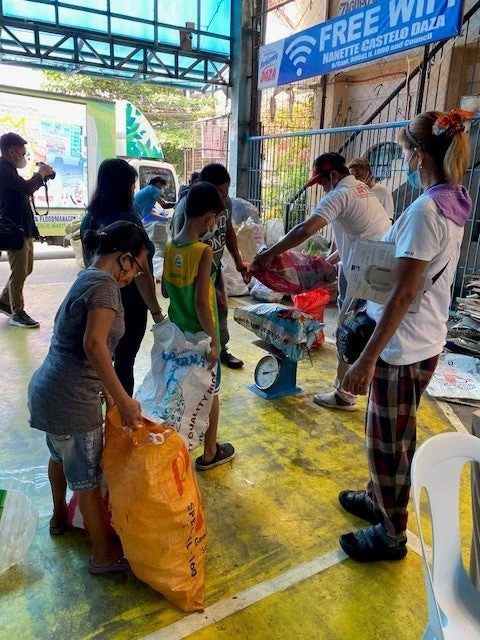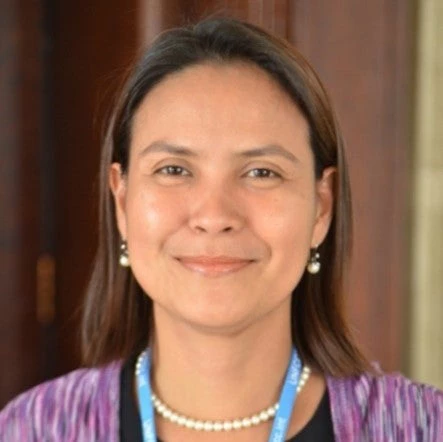 Low cost garbage filtering system that catches all forms of rubbish in a dirty flowing river in Cebu City, Philippines.
Low cost garbage filtering system that catches all forms of rubbish in a dirty flowing river in Cebu City, Philippines.
A growing middle class, increased consumer demand and a strong economic boom have spurred the Philippines’ economy in recent decades. This growth, positive in so many ways, has inadvertently fed a plastic pollution crisis.
In response, the government, academia and civil society have confronted the issue head on through studies, consultations, and awareness raising with support from the World Bank. This work has helped to build policies that govern the consumption, recovery and recycling of plastics.
In recent decades, the Philippines has made strides with comprehensive legislation such as the Ecological Solid Waste Management Act of 2000 and the National Plan of Action for the Prevention, Reduction, and Management of Marine Litter. While the Philippines has established these comprehensive laws and action plans to address the issue, more effective implementation and stakeholder involvement are necessary to achieve tangible results.
The Polluter Pays Principle

In 2023, a critical national law has been passed in the Philippines that advances this legal framework to combat plastic pollution much further. Titled the “Extended Producer Responsibility” (EPR) law, the legislation requires mandatory EPR for businesses with assets worth over ₱100 million. The law also encourages smaller businesses to voluntarily participate in the program. “The polluter pays” principle is central to EPR, obligating plastic packaging producers to assume full responsibility for the entire life cycle of their products, including waste management. This means that those who bring plastic packaging into the Philippine market must pay for the cost of waste prevention, clean up, and recovery measures.
Given the volume of plastic imported and manufactured for consumption, the country has not been able to catch up with its needs for reducing, recycling, and reusing (3Rs). Before enactment of the new law, the burden of managing waste was entirely on the shoulders of Local government Units (LGUs), who often lack the capacity to deal with the increasing waste on their own.
Under the new law, businesses can recover their plastic packaging waste and offset their plastic footprint by undertaking recovery schemes, establishing hubs for collection of waste, partnering with LGUs to recover plastic waste and establishing industrial scale recycling centers, among others. This polluter pays principle eases the LGU’s burden.
Reviewing Korea’s Pollution Playbook
The World Bank is supporting early implementation of the law with technical assistance, including the recently published report, “Combating Plastic Waste Crisis in the Philippines,” which analyzes Korea’s EPR system and distills lessons learned to inform EPR implementation in the Philippines.
Recognizing a growing waste management crisis, Korea introduced policies, regulations and enforcement, effectively reducing its plastic waste and increasing recycling over the past 20 years.
Several factors enabled the success of its EPR system for plastic waste, some of which can guide the Philippines. Recommendations include awareness raising, managing waste effectively, proper separation, and putting the burden of cost on plastic producers to finance collection, sorting and recycling. The success of the EPR law and enforcement in the Philippines will depend on increasing the number of waste collection and recycling facilities paid for by the plastic producers. The enforcement of these fees will finance a new level of waste management infrastructure.
While valuable lessons can be gleaned from Korea, notable differences also exist. There are more than 2,000 inhabited islands in the Philippines, many of which lack infrastructure and services. The well-being and future livelihoods of informal waste collectors remain a crucial gap to be addressed.
Policy makers can achieve meaningful improvements in the waste management system and significantly reduce polluting plastic waste if lessons from successfully operating EPR systems such as Korea’s are taken into consideration, and the waste management gaps in the Philippines effectively addressed.
With a clear governance framework and reliable financial flows, the enterprises that generate plastic packaging are now in the business of responsibly recovering plastic from trash and waterways and placing it into managed waste systems. This law, though years in the making, marks the beginning of aggressive measures to reduce the amount of plastic waste being generated in the Philippines. The benefits of this law will extend beyond the Philippines, reducing marine plastic waste in shared seas and oceans.
- Market Study on Plastics Circularity Opportunities and Barriers;
- An Assessment of Municipal Solid Waste Plans, Collection,
- Recycling and Disposal of Metro Manila;
- Reducing Plastic Waste in the Philippines:
- An Assessment of Policies and Regulations to Guide Country Dialogue and Facilitate Action;
- The Role of Extended Producer Responsibility Schemes for Packaging towards Circular Economies in APEC




Join the Conversation